Apple iPad Air (2020) review: The executive’s choice
With the iPad Air’s most recent redesign, Apple has delivered the best bang-for-buck tablet money can buy
-
+
Beautiful design
-
+
Crisp display
-
+
Impressive battery life
-
+
Notebook-beating performance
-
+
Compatible with peripherals for professionals
-
+
Great value
-
-
No 120Hz display
-
-
Slower and less colour accurate than the iPad Pro
-
-
Only one RAM configuration
-
-
Lacking adequate support for external displays

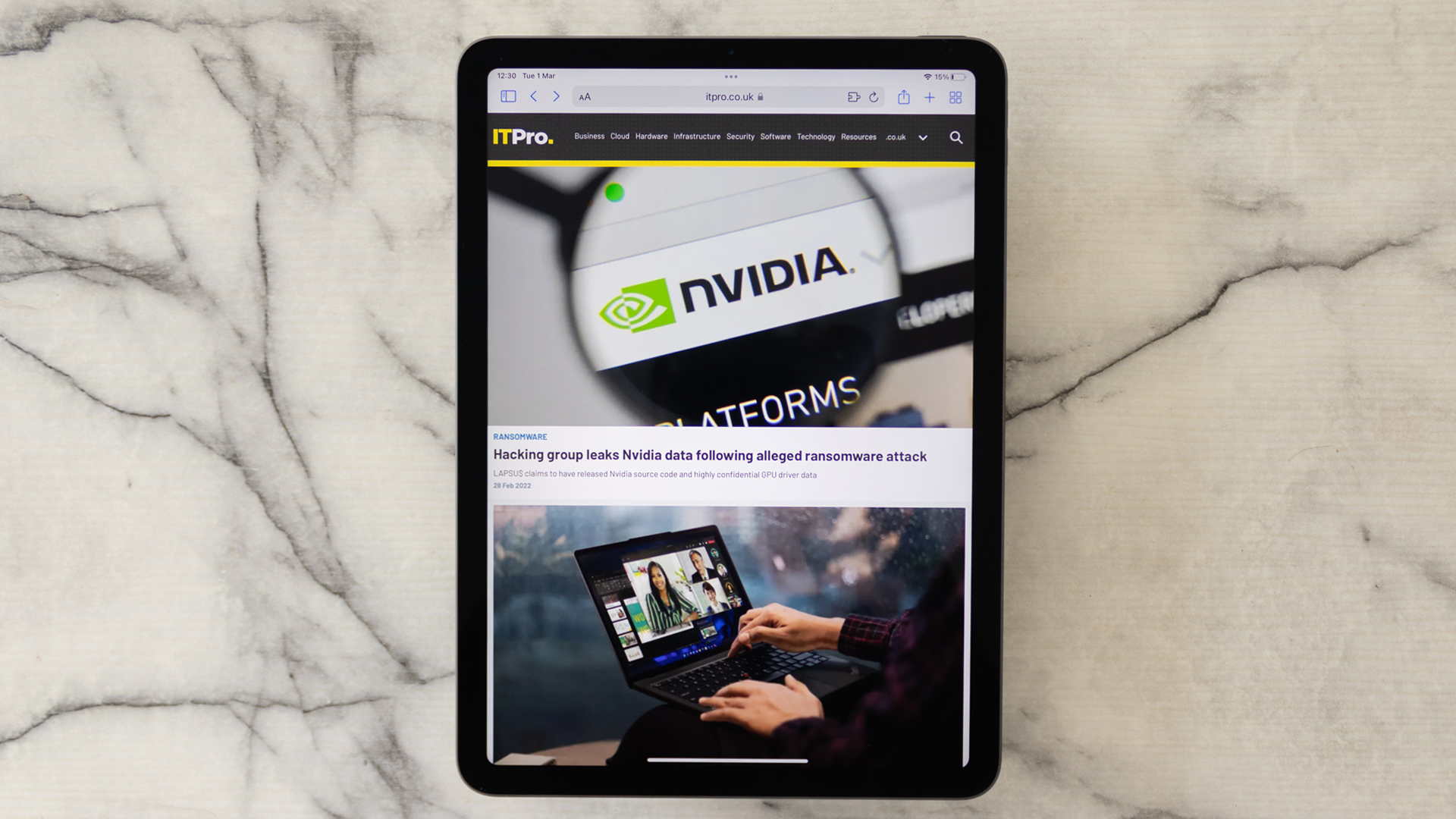


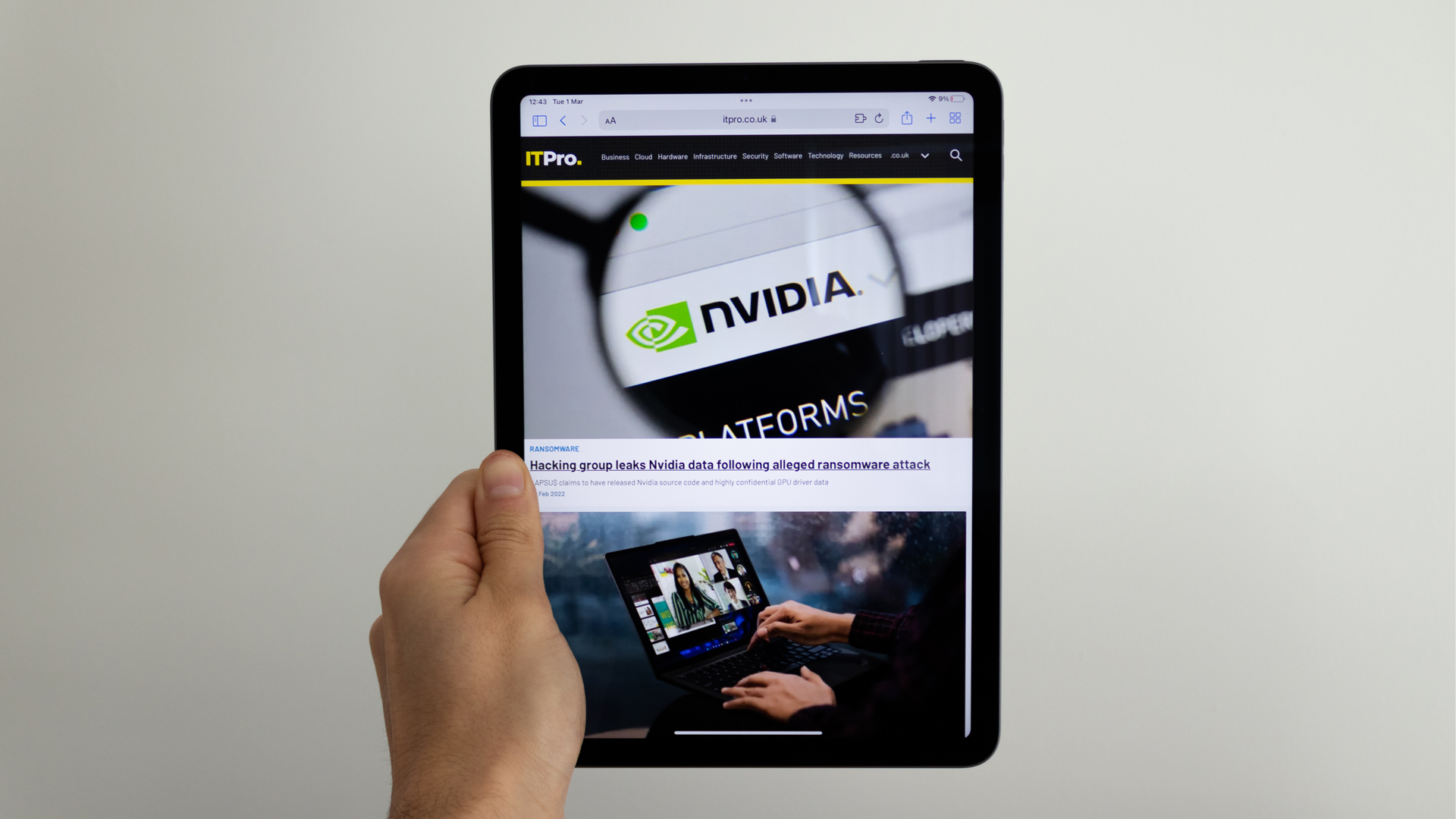
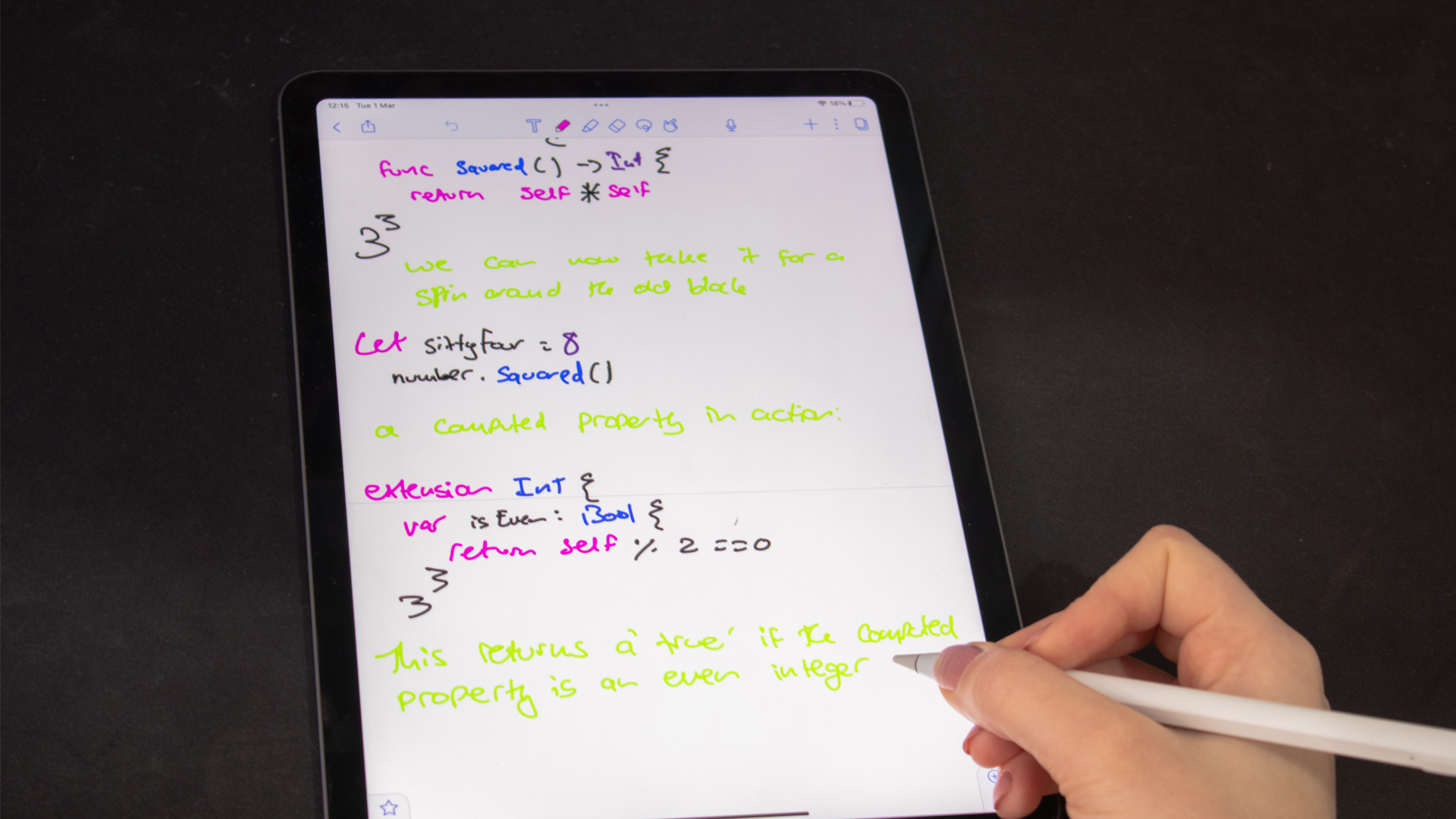

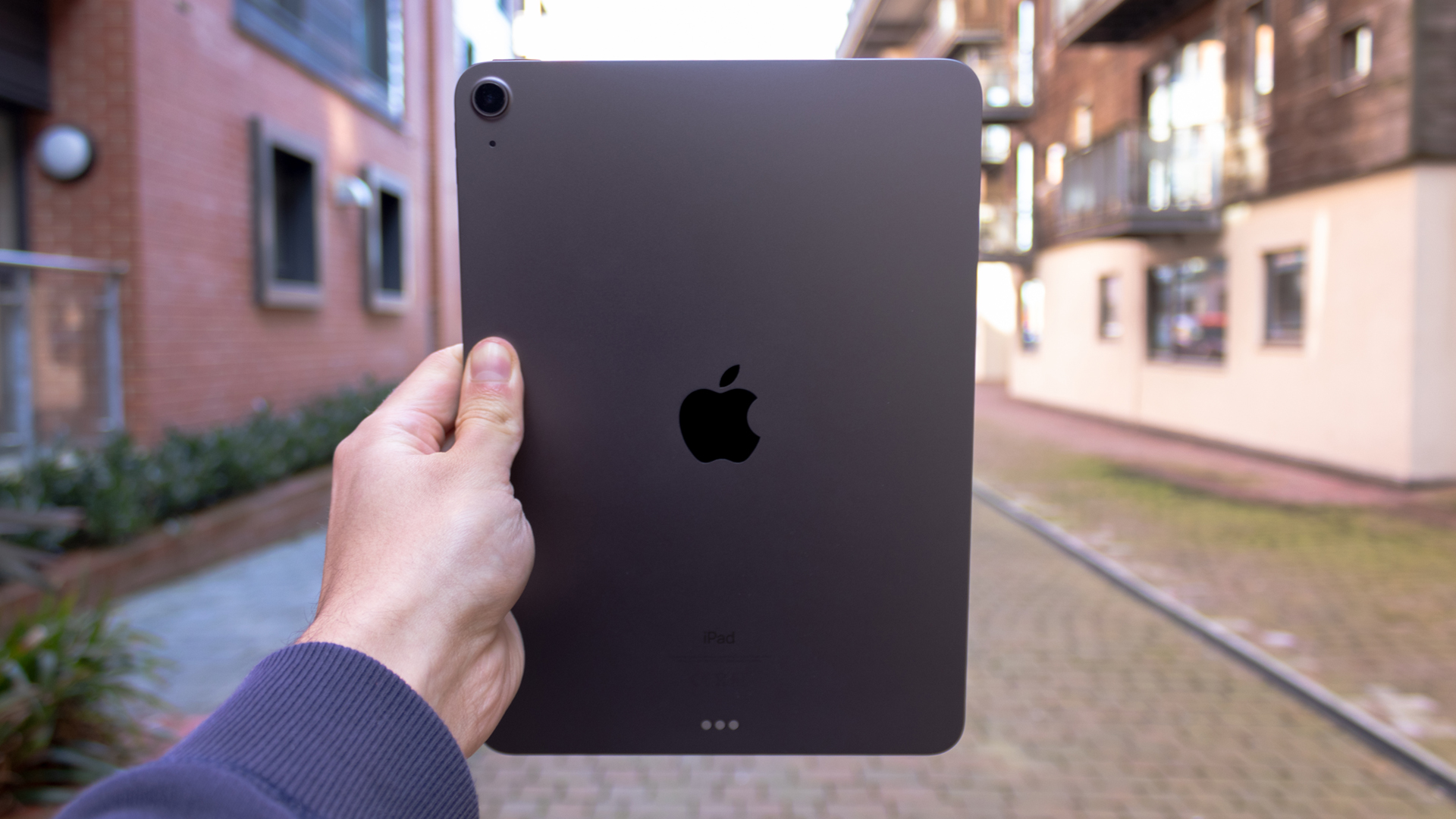
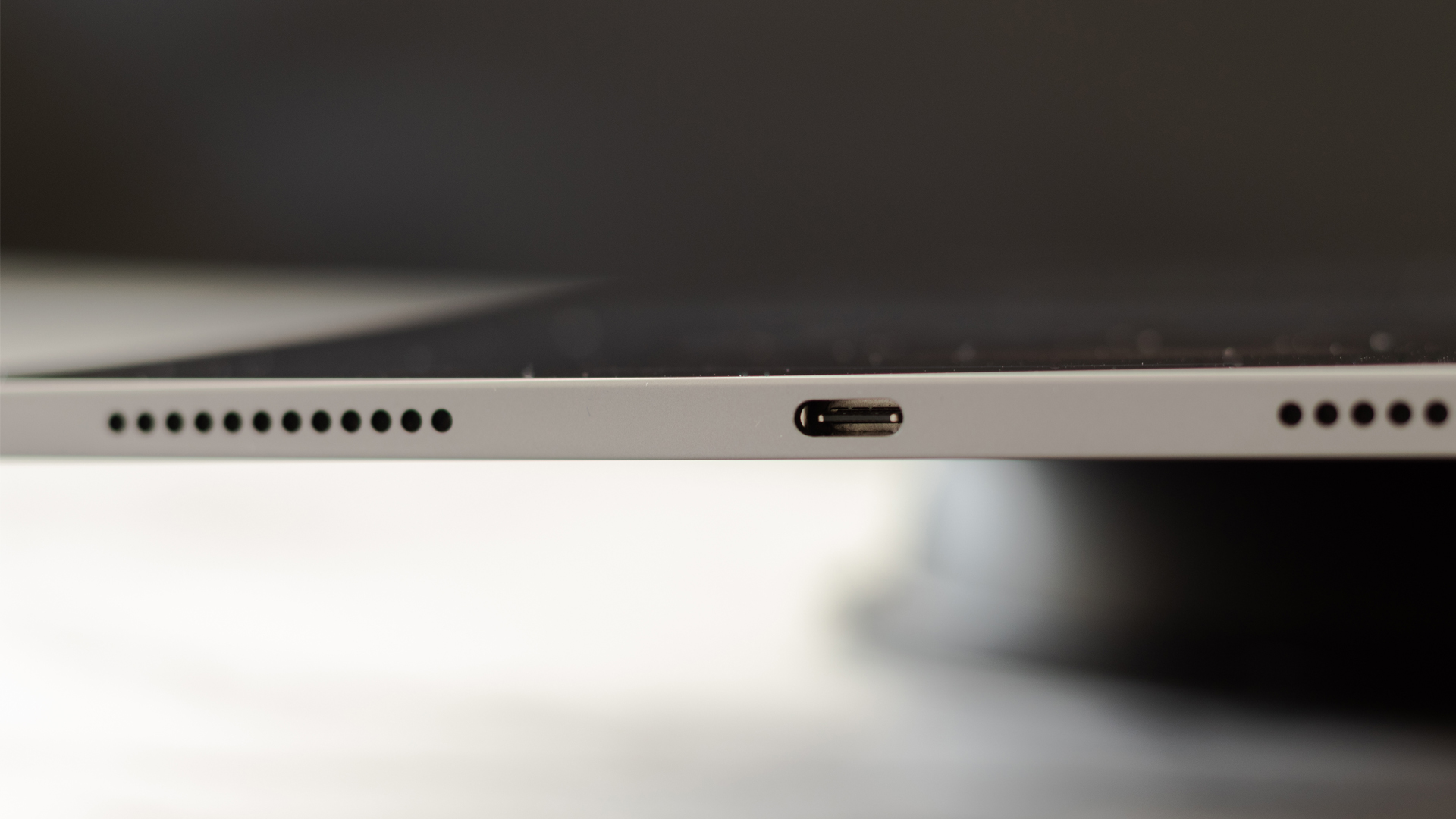
The iPad has long been framed by Apple as a genuine option for professionals looking to take mobile computing seriously. Now, iPads have a bespoke operating system and some seriously powerful hardware propelling their capabilities far beyond tablets of the past, and recent iterations have made the office use case increasingly compelling.
With the most recent iPad Pro 11in, what Apple achieved was the most passable excuse for an office tablet ever created, but its cheaper counterpart, the iPad Air, is now also a genuine contender to take the office tablet throne. Prospective businesses looking into tablets for office use will doubtless be comparing Apple’s models across the two budget ranges, but can the iPad Air finally overthrow its pricier sibling in its ambition to reach the top of businesses’ wish lists?
Apple iPad Air (2020) review: Design
While it inherits the edge-to-edge screen and squared sides of the iPad Pro’s recent overhaul, the overall dimensions of the Air are marginally different to those of the iPad Pro 11in. The display has tightened slightly to 10.86in, a difference so small not even a well-trained eye would notice in a hurry.
As you’d expect with a near-identical chassis, the design screams ‘Pro’ from all angles. The metal housing is the same as the Pro’s and the trademark thin, barely-big-enough-to-hold bezels from the iPad Pro also feature. It’s also available in an assortment of colours should you wish to match it to your business’ branding.
For us, the dimensions are spot-on for average hands - it lacks the unwieldiness of the 12.9in iPad Pro, though the bezels may still be a little too narrow for some. Its 458g weight (on the Wi-Fi-only model, but add 2g for cellular) is also comfortable enough for prolonged use.

Like with many Apple products, it’s a joy to hold - especially for the maverick users who forgo a protective case. The squared-off edges taken from the iPad Pro in the recent design overhaul are also a massive improvement over the almost slippery rounded edges of yesteryear.
Apple iPad Air (2020) review: Display
Its design wasn’t the only area influenced by the iPad Pro; the iPad Air sports a similar 2,360 x 1,640 LED-backlit Multi-Touch IPS panel to the 11in iPad Pro, but lacks Apple’s ProMotion technology - the high refresh rate that takes an ordinary display to looking and feeling like one that’s priced much, much higher. Those accustomed to high refresh rate panels on other devices may be left wanting with this standard 60Hz display.
The peak brightness on the iPad Air also falls shorter than the iPad Pro’s score of 600 cd/m2 with a peak brightness of 394cd/m2. While that looks like quite a sizable difference on paper, the real-world performance of the iPad Air is still strong. We found ourselves sliding the brightness down far more often than upwards, and it’s still comfortably brighter than the similarly priced and newer Lenovo Tab P11 Pro.
Colour accuracy is also strong with the iPad Air which, in our tests, registered 93.6% overall coverage of the sRGB colour gamut. For reference, any score greater than 90% is considered a good standard. It also registered a near-perfect average Delta-E rating of 1.06, an excellent score for the display which means it’s more than suitable for professional image work such as graphic design.
Apple iPad Air (2020) review: Specs and performance
Apple has opted not to kit out the iPad Pro with the most premium hardware at its disposal, or offer as many configurations as some professional users may want, but the level of performance offered in relation to the price point is remarkable.

Apple’s flagship M1 processor, which catapulted the iPad Pro miles ahead of the competition, hasn’t yet made its way down to the iPad Air. Instead, this model uses the 64-bit A14 Bionic chip, coupled with a fixed 4GB of RAM with no upgrade options. That said, though, it’s a more-than-capable replacement that yielded no noticeable performance issues even when running compute-intensive apps like Adobe Photoshop and Premiere Rush. There are two options for storage, too: 64GB and 256GB.
During testing, the A14 Bionic held its own and wiped the floor with other devices in its budget range. A single-core score of 1,586 in the Geekbench 5 benchmark tests puts it comfortably ahead of the Lenovo Tab P11 Pro but still behind the 1,718 score of the iPad Pro 11in, which was equipped with an M1 chip after the iPad Air’s launch. The iPad Air lagged further behind its more expensive sibling in the multi-core testing with a score of 4,295 against the Pro’s 7,293 but still beat the Lenovo Tab P11 Pro with ease.
Apple iPad Air (2020) review: Battery life
The iPad Air comes with a 28.6 Wh lithium-polymer battery and is rated for up to 10 hours of web surfing over Wi-Fi or watching video, according to Apple’s tech specs. During our testing, however, which involves playing a low-resolution film on a long loop with airplane mode enabled, the iPad Air ran for a respectable 14hrs 27mins before depleting fully. It’s an impressive score but wasn’t quite enough to beat the Lenovo Tab P11 Pro’s result of 17 hours.
Anecdotally, we can confirm that the battery is indeed impressive, and found it difficult to completely drain the device during the course of a single day of moderate use.
Apple iPad Air (2020) review: Features
As you would expect, this mid-tier iPad doesn’t come with the same bells and whistles as Apple’s higher-end tablets. That means no Thunderbolt support, no face ID authentication, no 5G capability, and no LiDAR-enabled multi-lens camera - but you do get capabilities where it counts.

The iPad Air comes ready to work alongside the best of Apple’s iPad peripherals, including the brilliant 2nd-generation Apple Pencil for creative applications and two keyboards: the Apple Magic Keyboard and Smart Keyboard Folio for a more office-like feel to the user experience. Apple’s Touch ID is used for biometric authentication in unlocking the device and Apple Pay transactions, while it also ditches Apple’s Lightning connector in favour of USB-C which, in addition to charging, can be used for loading files onto the device, and connecting to external displays (although it’s limited to screen mirroring only).
With iPadOS 15, users can enjoy an elevated iOS experience that affords as many laptop-like capabilities as Apple is willing to allow before bleeding too far into Mac territory. Features like one-touch screen splitting and the Finder-like Files app, which can be used in conjunction with USB-C dongles, are useful for a decent experience that rivals a true laptop in the most basic of tasks.
Apple iPad Air (2020) review: Verdict
The iPad Air comes so close to being a genuine laptop replacement. However, it falls short in just enough areas - the inability to use it as a primary device across multiple external displays being a particularly frustrating example - to convince most that a MacBook is the better choice.
That said, for basic ultra-mobile work tasks, the iPad Air is a real joy to use - perfect for word processing, light video editing, multi-tasking, and corresponding with colleagues. It strips out the unnecessary features the iPad Pro brings like a LiDAR camera and delivers a supremely capable device along with a sublime user experience. Any tablet-using business would be hard pressed to find a better alternative at the price point.
Apple iPad Air (2020) specifications
| Processor | 64-bit Apple A14 Bionic |
| RAM | 4GB |
| Screen | 10.9-inch (diagonal) LED-backlit Multi-Touch display with IPS technology, 2360x1640 resolution at 264 ppi, 500 nits peak brightness |
| Front camera | 7MP photos, ƒ/2.2 aperture, smart HDR1080p HD video recording at 60 fps |
| Rear camera | 12MP wide camera, ƒ/1.8 aperture, smart HDR.4K video recording at 24 fps, 30 fps or 60 fps; 1080p HD video recording at 30 fps or 60 fps |
| Dust and water resistance | No |
| 3.5mm headphone jack | No |
| USB connection type | USB-C |
| Storage options | 64GB, 256GB |
| Memory card slot (supplied) | No |
| Wi-Fi | 802.11ax Wi-Fi 6 |
| Bluetooth | Bluetooth 5.0 |
| NFC | No |
| Cellular data | Gigabit LTE |
| Dimensions (WDH) (mm) | 178.5 x 6.1 x 247.6 |
| Weight | 458g |
| Operating system | iPadOS 15 |
| Battery size | 28.6 Wh |
Get the ITPro daily newsletter
Sign up today and you will receive a free copy of our Future Focus 2025 report - the leading guidance on AI, cybersecurity and other IT challenges as per 700+ senior executives

Connor Jones has been at the forefront of global cyber security news coverage for the past few years, breaking developments on major stories such as LockBit’s ransomware attack on Royal Mail International, and many others. He has also made sporadic appearances on the ITPro Podcast discussing topics from home desk setups all the way to hacking systems using prosthetic limbs. He has a master’s degree in Magazine Journalism from the University of Sheffield, and has previously written for the likes of Red Bull Esports and UNILAD tech during his career that started in 2015.
-
 Stansted IT glitch causes thousands to miss their flights
Stansted IT glitch causes thousands to miss their flightsNews Eight hour outage causes chaos at UK’s fourth busiest airport
By Jane McCallion Published
-
 FBI takes down botnet exploiting aging routers
FBI takes down botnet exploiting aging routersNews Organizations warned they should replace potentially affected devices
By Emma Woollacott Published
-
 LockBit ransomware group falls victim to hackers itself
LockBit ransomware group falls victim to hackers itselfNews A data leak has revealed negotiations with victims, along with Bitcoin wallet addresses, affiliate accounts and details of attacks
By Emma Woollacott Published